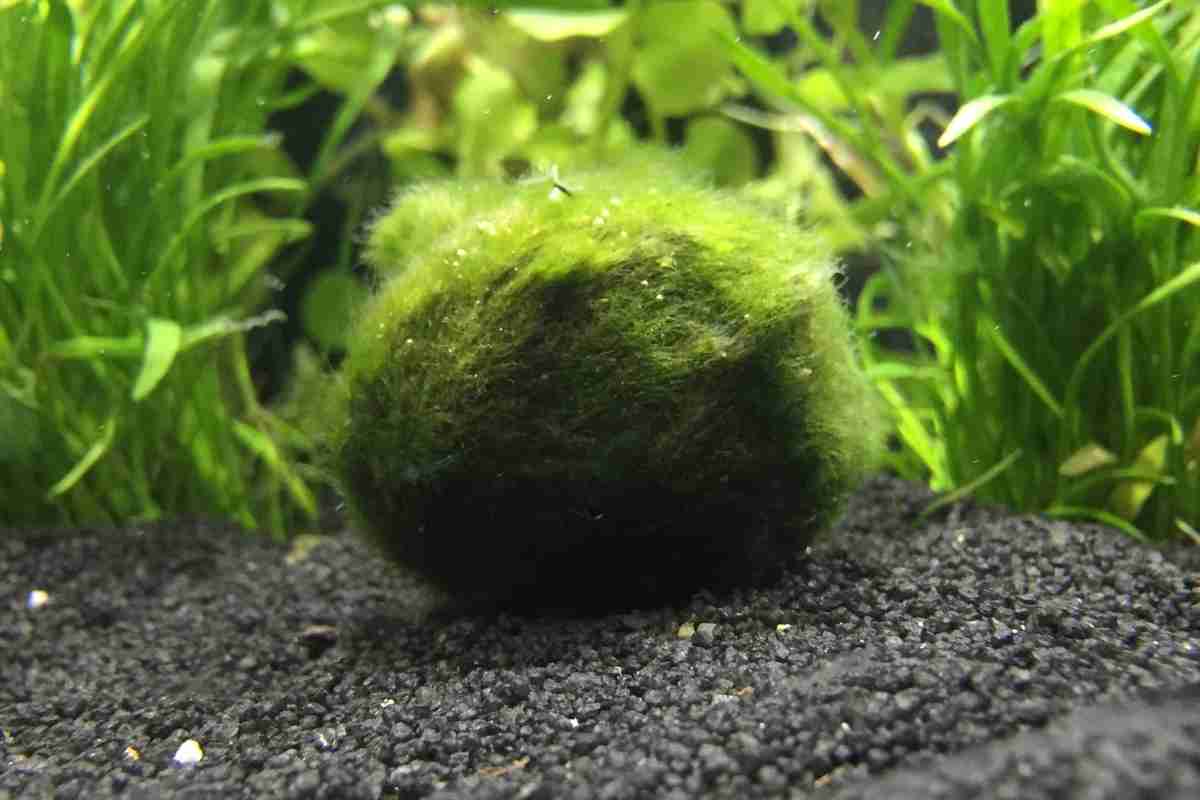
Marimo Moss Balls: Are They Safe?
Read more
Is Algae A Protist? (Autotrophic Or Heterotrophic)
Read more
How To Remove Moss From A Roof With Vinegar?
Read more
What Does Algae Eat? Algae’s Unique Eating Habits
Read more
Supporting Your Monstera: The Best Moss Poles for Your Climbing Plants
Read more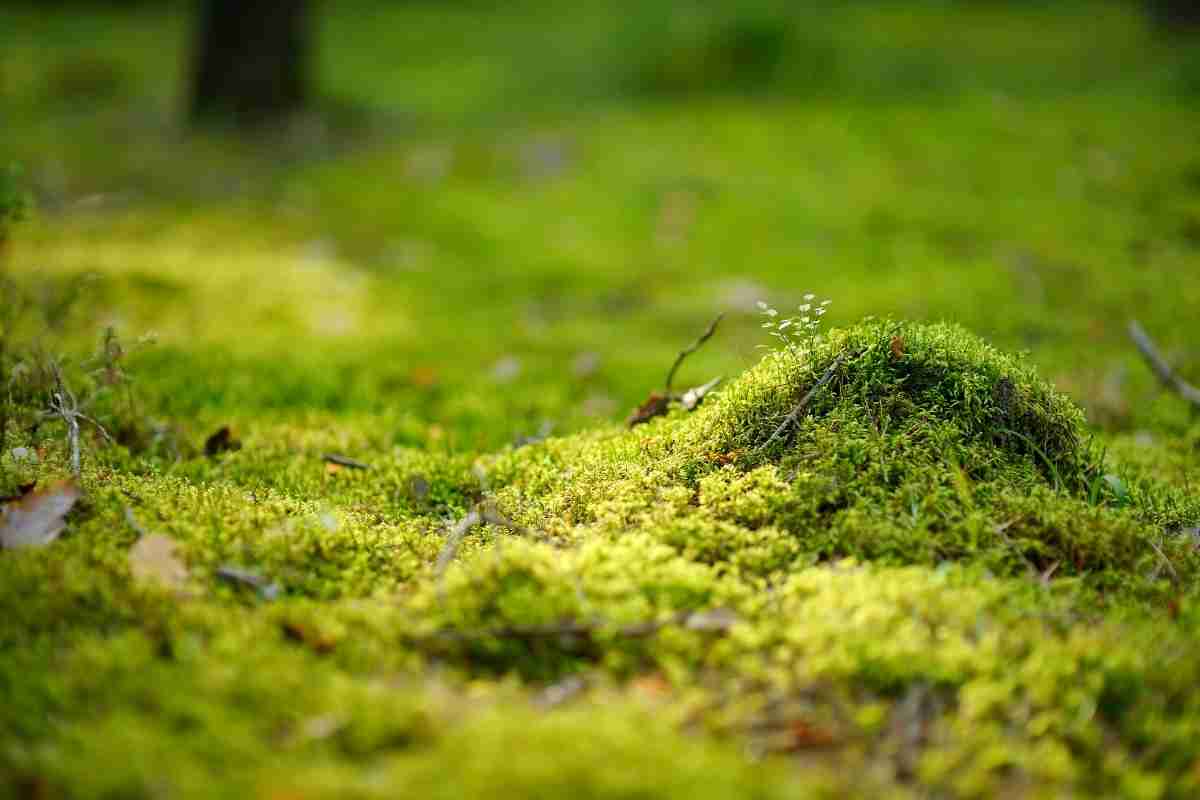
How Fast Does Moss Grow? Detailed Guide
Read more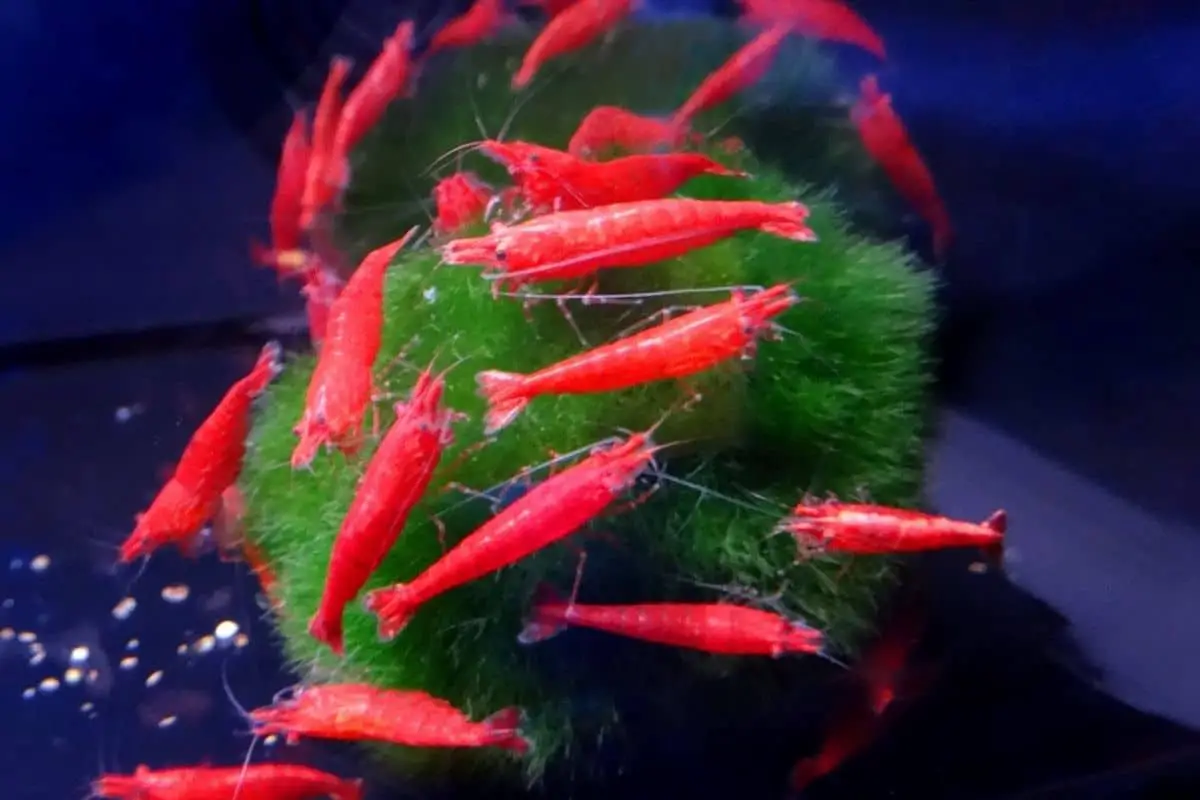
How Long Do Moss Balls Last In A Fish Tank?
Read more
16 Benefits For Having A Moss Ball In An Aquarium
Read more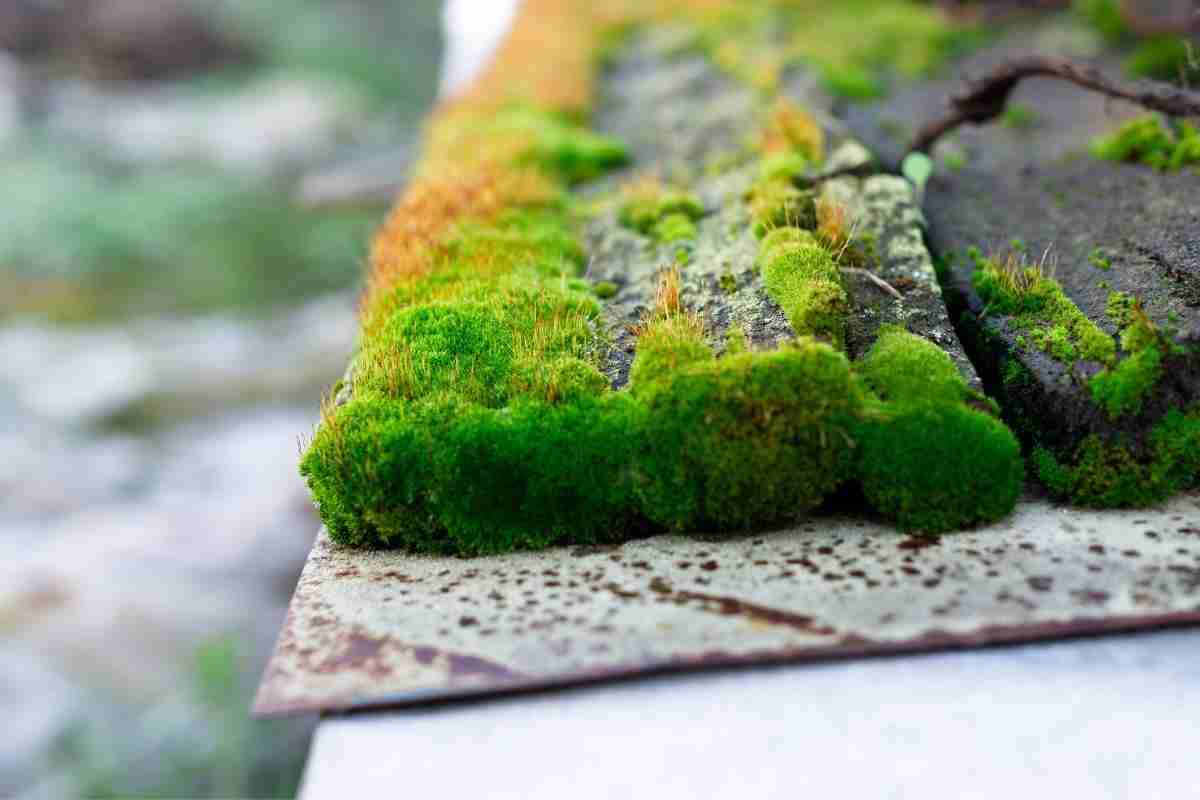
How To Grow Moss On Wood? In 6 Easy Steps!
Read more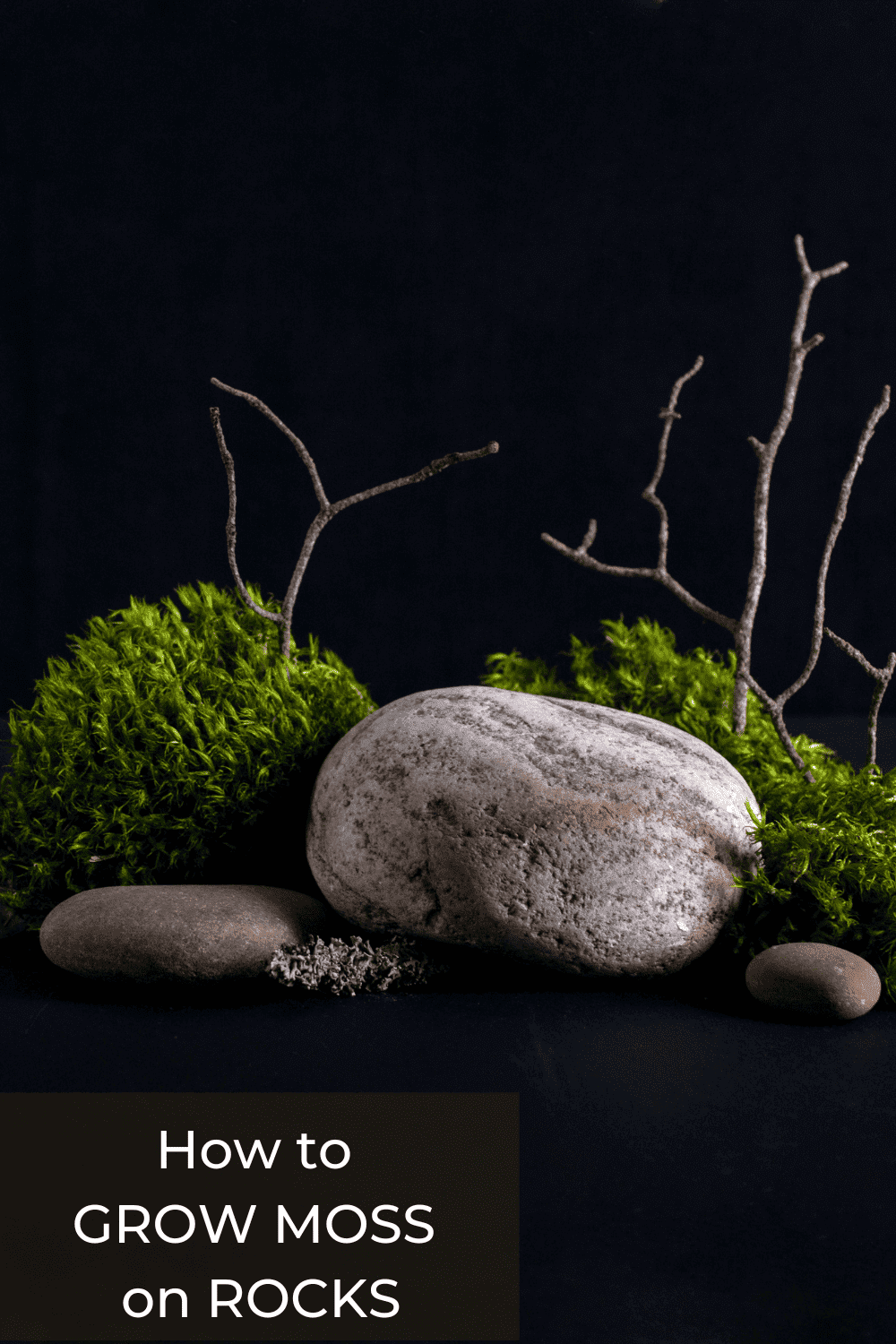
How to Grow Moss on Rocks and Impress Your Friends (or Enemies)
Read more
Floating Moss Balls: Why Do They Float?
Read more